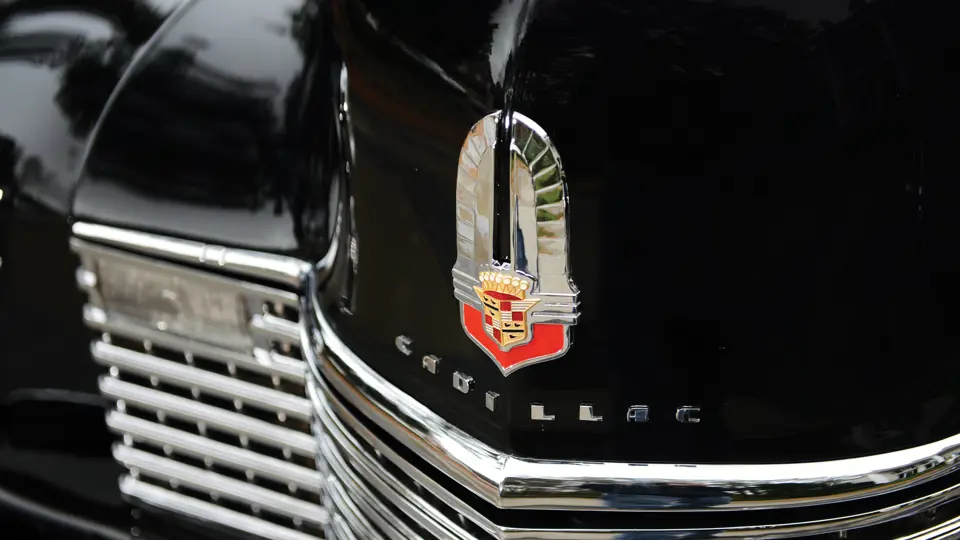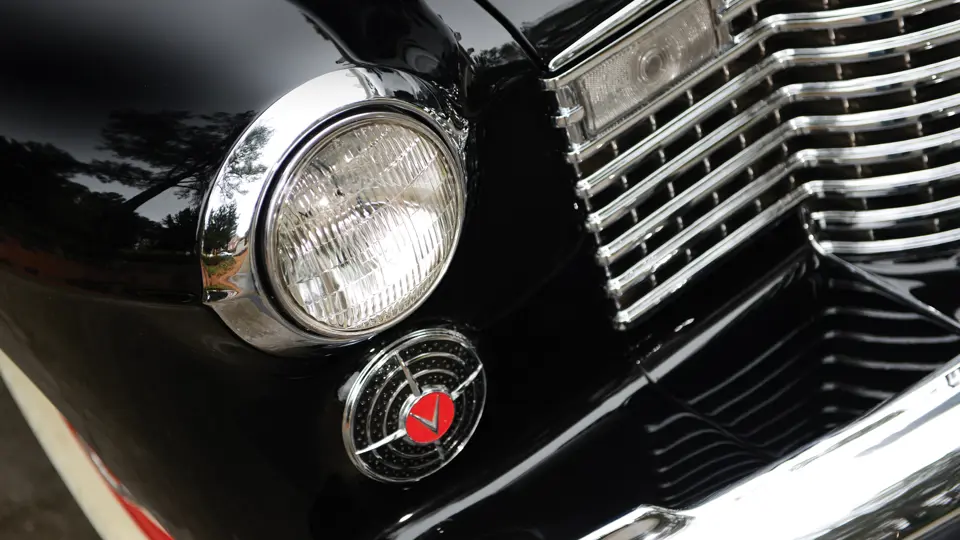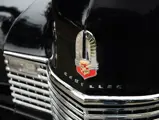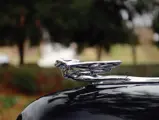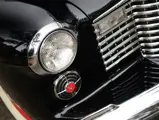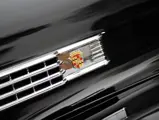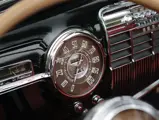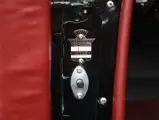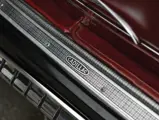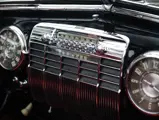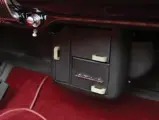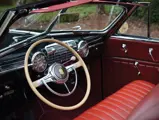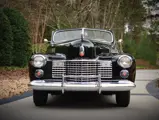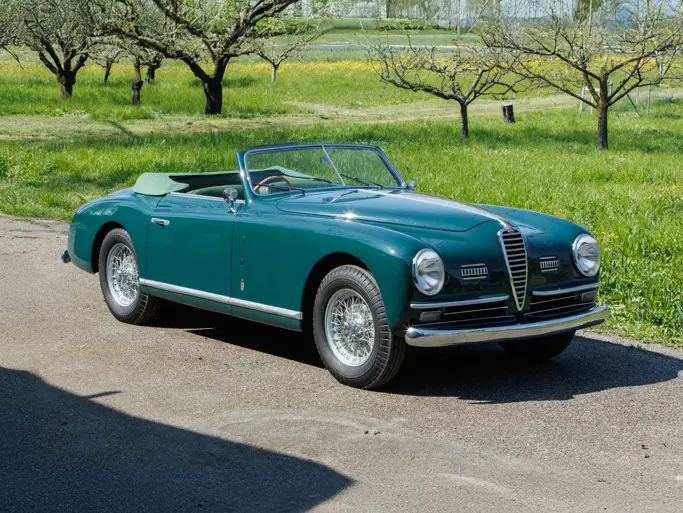150 bhp, 346 cu. in. 90-degree L-head V-8 engine with Stromberg carburetor, selective synchromesh three-speed manual transmission, independent coil-spring front suspension, a Hotchkiss semi-floating rear axle, and four-wheel hydraulic drum brakes. Wheelbase: 126 in.
It has rightly been said that, in terms of aesthetics, Cadillac was in 1941 what Cord was in 1937, what Duesenberg was in 1929, and what LaSalle was in 1927. Overall, the entire 1941 Cadillac model lineup possessed a truly wonderful style and grace, which was coupled with the marque’s characteristically advanced engineering that was seldom seen in competing products.
Visually, the 1941 Cadillac was a masterpiece of subtle, flowing curves that began with a bold and distinctive grille design. The flat, chromed grille and domed hood were dominant, and two new styling concepts were available, the horizontal valance that enclosed the space between the bodywork and the bumpers and the front fender wind-split creases that began at the headlamps and extended horizontally back along each rear flank of the body. The sole available engine, Cadillac’s refined 346-cubic inch V-8, delivered remarkably silent and smooth operation, 150 horsepower, and plenty of torque. Ride and handling characteristics remain quite good, even by today’s standards, making Cadillacs of the immediate pre-war era excellent choices for collectors and enthusiasts who enjoy driving.
The 1941 Convertible Coupe is especially desired by collectors today, because it is one of the last pre-war Cadillac convertibles ever built. The U.S. Office of Production Management had anticipatorily ordered auto production cutbacks in August 1941 to 73.5 percent of the 1940 output. Shortly thereafter, the U.S. entered World War II on December 8, just hours after the Japanese bombing of Pearl Harbor, forcing an industry-wide conversion to the manufacture of war materials. Production was halted altogether on February 4, 1942. When the industry shut down to switch to war production, Cadillac was neck-and-neck with Packard as the leading luxury car in America.
The award-winning Convertible Coupe shown here is an original, matching-numbers, SO, or “Special Order,” body-coded Cadillac. It was subject to a photo-documented, precision, frame-off, ground-up, rotisserie, “nut-and-bolt” restoration. The attention to detail throughout is extraordinary, and the restoration, which included correct 1941 date-coded glass, a snugly fitted Haartz cloth top that has been properly trimmed with chrome braces, chrome window surrounds, and correct leather binding, was performed to high judging standards. The paintwork is Tuxedo Black, which is over an exactingly fit rich red leather interior that draws one behind the wheel.
Options on this car include fitted fender skirts, a Deluxe heating system with a fresh air vent and defrosters, a factory-optional radio with a vacuum-operated power antenna, a three-speed manual transmission, and the highly desirable painted dashboard (only available on SO models), which is considered far superior to the more frequently seen wood-grain one. Standard factory amenities include the turn signals, the clock, the rear seat overhead dome light, the trunk light, the adjustable driver’s seat, the Day-Nite rearview mirror, the glove box lamp, and more.
All electrical systems and accessories have been meticulously restored, and all of the mechanical systems have been precision-tuned and are properly functioning. The engine delivers smooth and ample power for effortless cruising at highway speeds, and it does not overheat. A hidden six-volt electric fuel pump, integrated into the factory mechanical fuel pump, maintains a constant four to seven pounds of fuel pressure, for exceptional reliability.
This 1941 Cadillac Convertible Coupe, which has been driven fewer than 800 miles since restoration, may be the best in the world, and it provides its owner with the opportunity to arrive at all CCCA-sanctioned events in award-winning style.

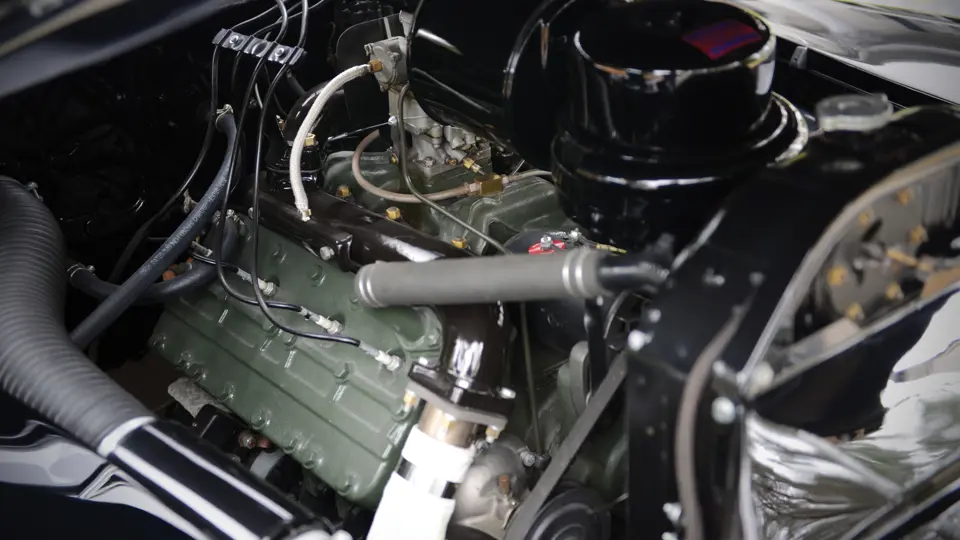



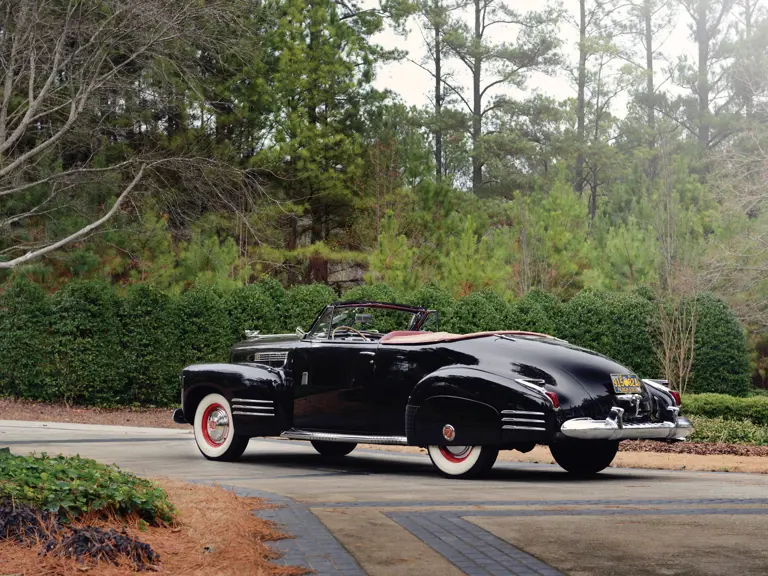

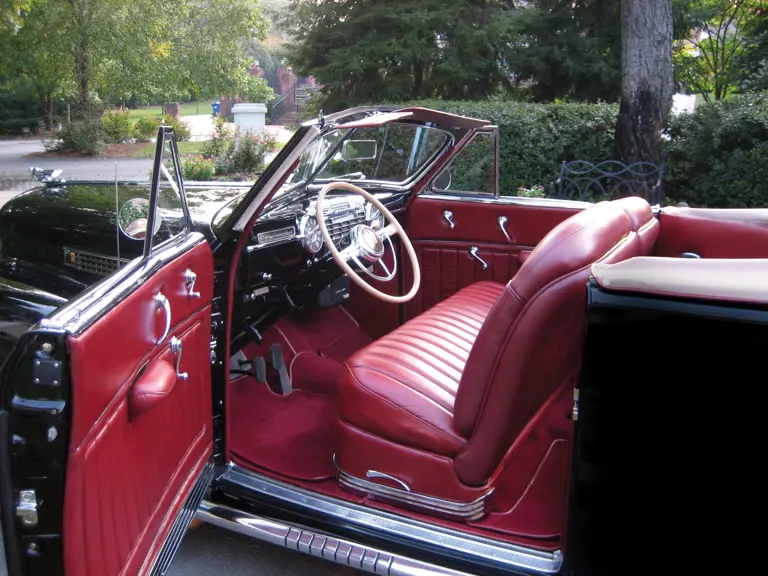
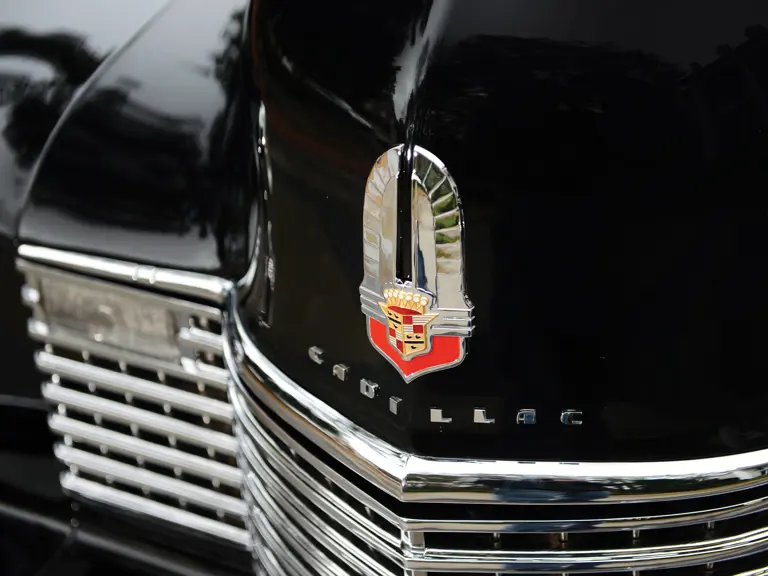
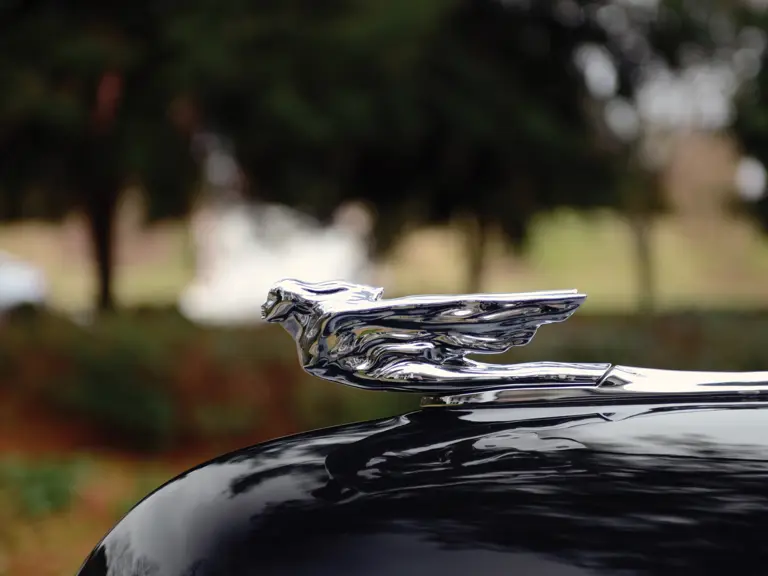
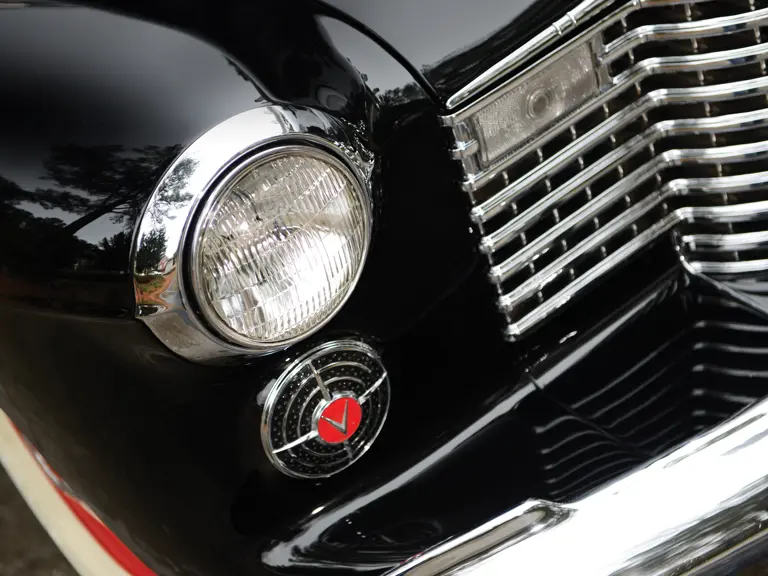
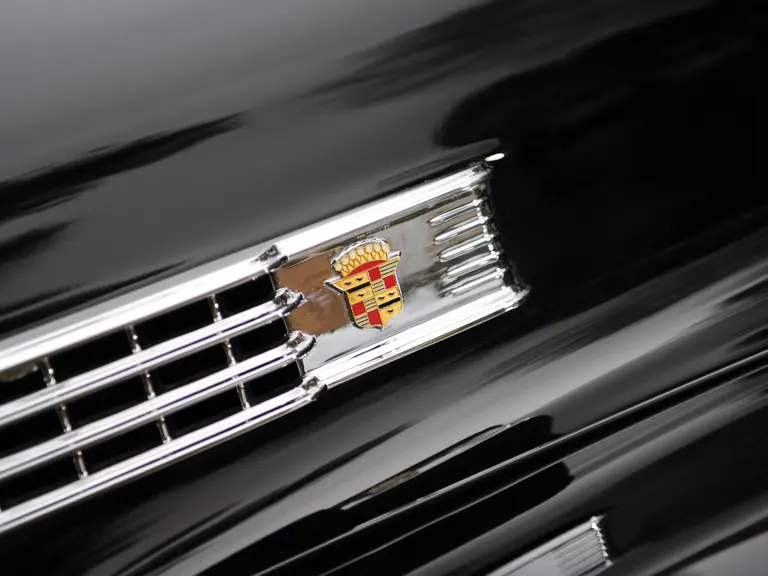
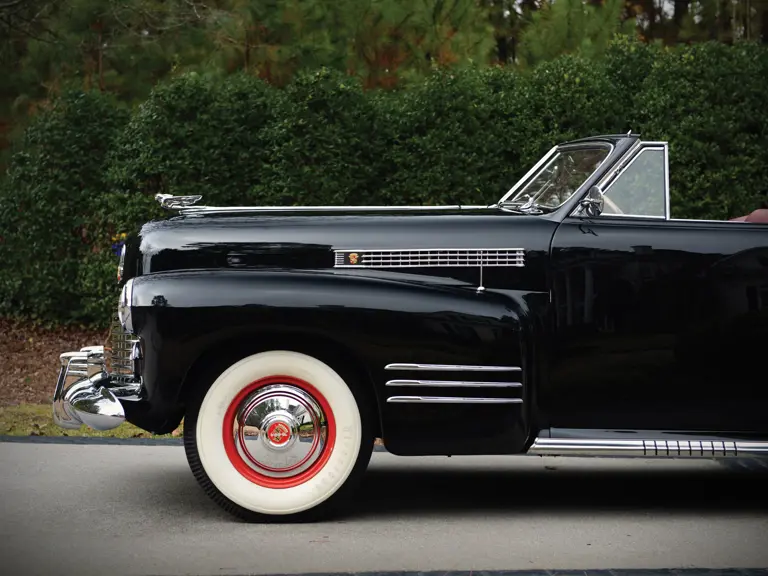
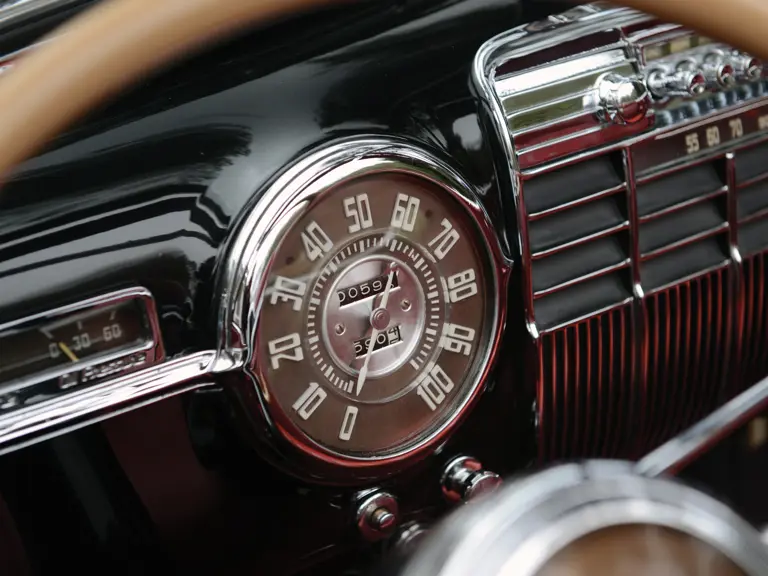
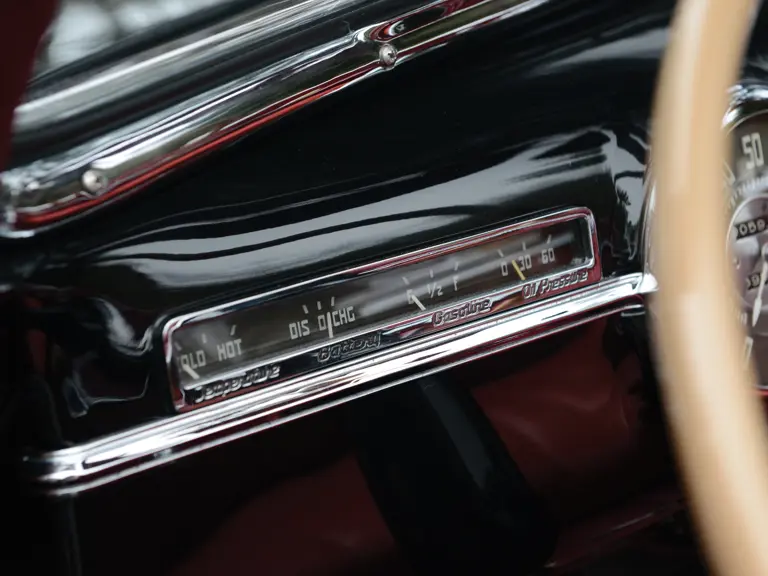
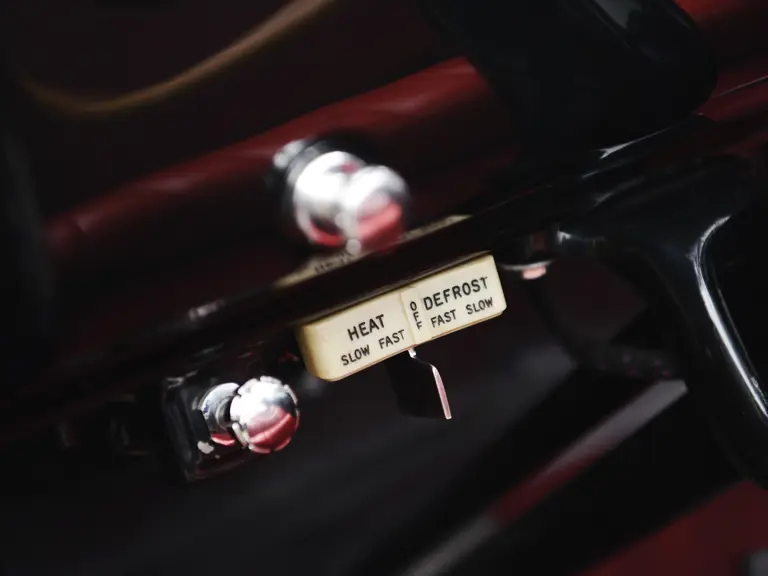

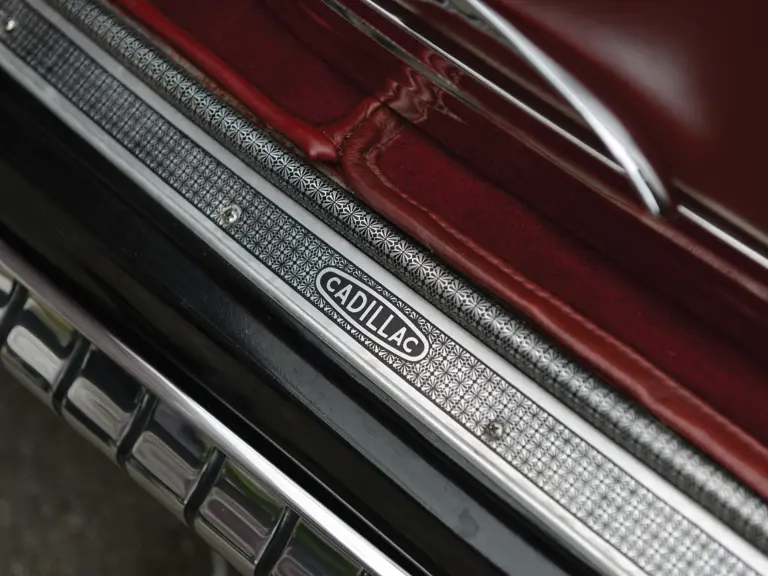
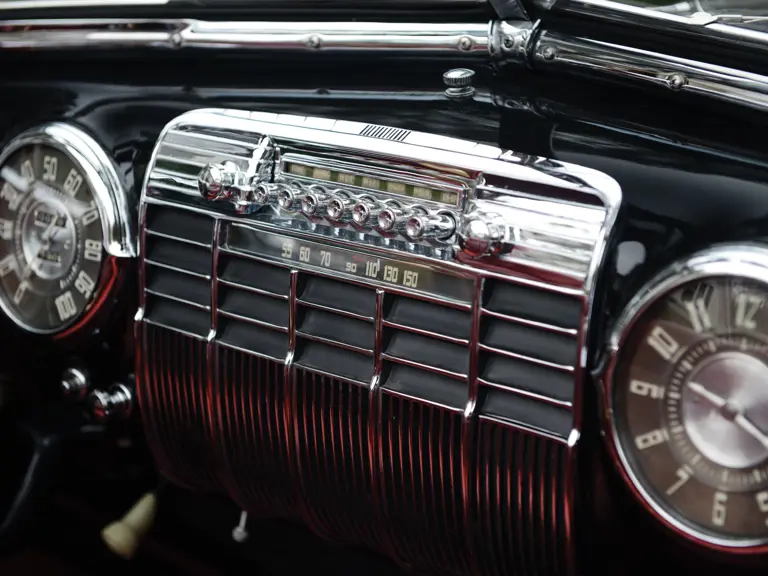
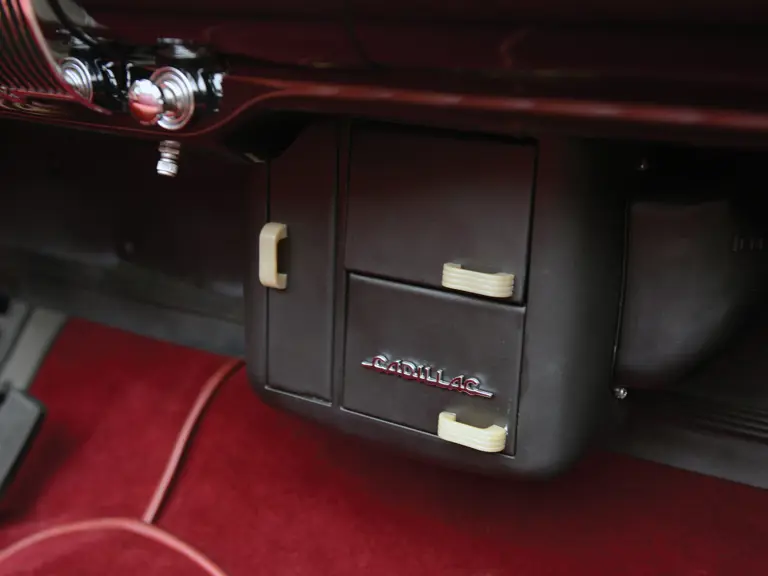

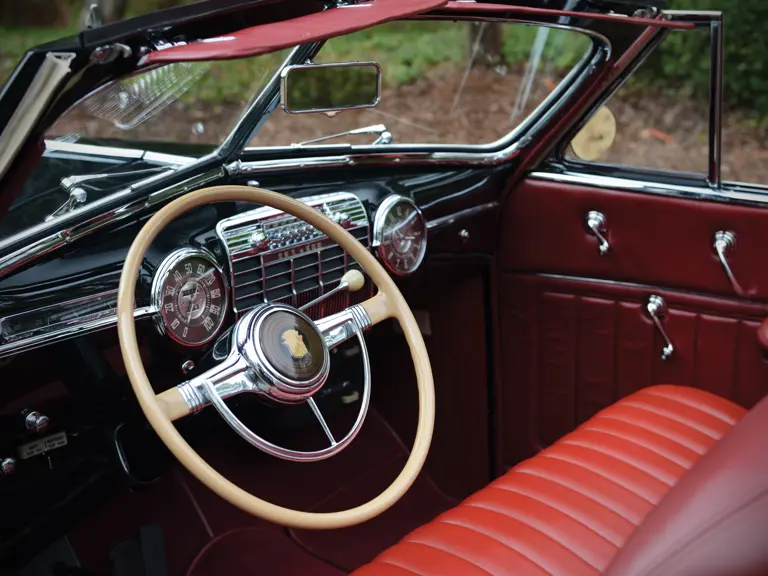
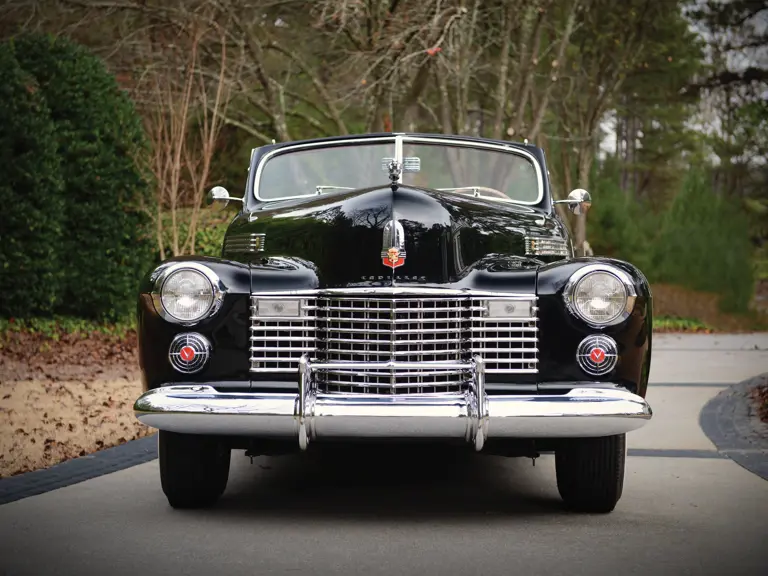

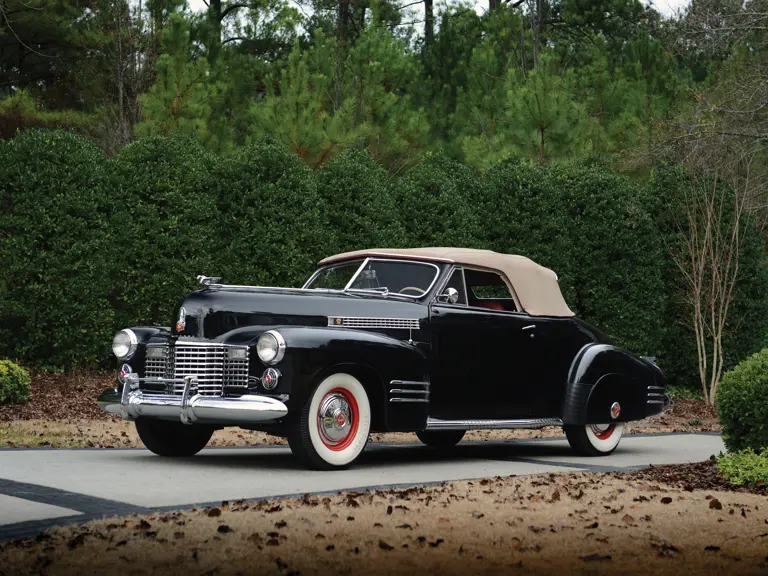
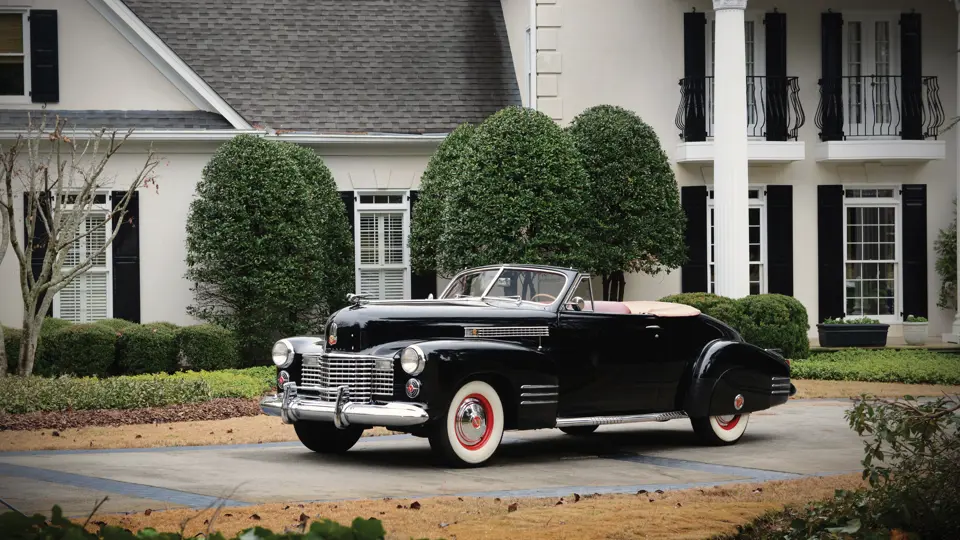
 | Phoenix, Arizona
| Phoenix, Arizona
